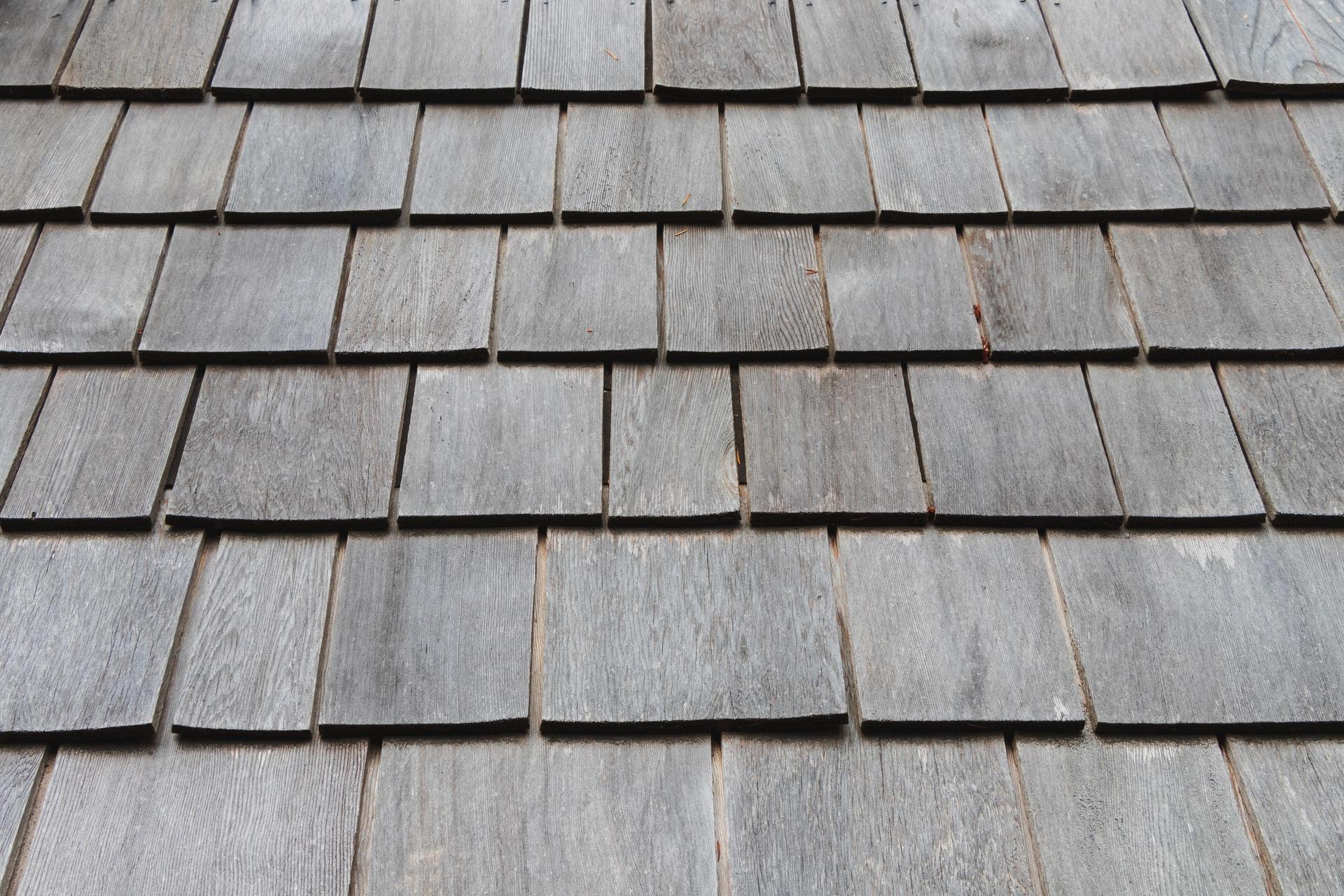How to install vent pipe flashing on an existing flat roof
If you have a flat roof and it's begun leaking around the flue, you'll already know it's most probably rusty or worn flashing. You'll need to replace it pretty quickly to avoid water damage. There are certain steps for how to install vent pipe flashing on an existing flat roof.
If you're a DIYer and attempt it yourself you'll be breaching safety standards, and there's every chance if something goes wrong, your insurance company will refuse any claims.
It's a job for a qualified roof plumber who understands best practices, all the safety requirements, building codes, and relevant laws. Once the job's done they fill out a completed and signed compliance certificate.
The different types of flat roofs
There are several different types of flat roofs. The most common is the Klip-lok roof. It has a pitch of about 5 deg. A Skillion roof describes a flat roof with a steep pitch. There are other types of flat roofs such as modified bitumen roofs, and rubber membrane roofs. You could also argue that slate roofs fall under the category of flat roofs.
For the purpose of instructional steps on how to install vent pipe flashing on an existing flat roof, it'll be aimed at a generic flat roof. The beauty of pipe flashing is that it works with most roof types.

What type of vent pipe is it?
The very first step is to identify the vent pipe. If it's an old home, and the vent pipe is asbestos, then the roof plumber will advise you and the work will have to stop. You'll need to engage a qualified asbestos remover to remove the asbestos pipe from the roof.
When that's completed the roof plumber can return and install a new, compliant vent pipe with flashing.
If the vent pipe is not asbestos, then the roof plumber can continue his work without any delays.
The correct flashing is needed
A professional roof plumber will usually use a product called roof pipe flashing. It's known by many names in the industry. You might hear it called a boot, vent pipe boot, and other names. It's shaped like one of those big orange cones you see on the road when road work is happening, just a lot smaller.
The boot is made from high-quality silicon, with a malleable metal edge over the rubber. It's very easy to work with because of its flexibility. The design is quite ingenious, and makes the job of a roof plumber reasonably easy and quick.
Fitting the boot
To fit the right size boot, the diametre of the flue is measured. Sometimes, the hole at the top of the boot will have to be cut larger to fit the flue.
Some boots have indicator marks for the different diameters of pipes. This shows where to cut across the top of the boot. It's always cut so the hole still feels too small when putting over the flue. This is important so the rubber wraps around the pipe for a watertight fit.
If necessary, the steel band running around the bottom of the boot is shaped where needed, to fit the footprint of the roof.
It's fitted to the roof in a diamond shape pointing to the top of the roof, instead of the square on. This way, the rainwater hits the top point of the diamond and runs down the side, which is an extra waterproofing measure. If it's square on, water can pool against it, possibly working its way in overtime.
Taping the flue
There are several methods for sealing the boot to the roof. It'll either be using flashing tape (double beaded butyl tape) or high-quality acrylic sealant.
The flashing tape or sealant is applied to the underside of the boot around the edges leaving no gaps. This gives essential waterproofing where the boot is flush against the roof.
Once this is applied, the boot is placed over the flue onto the roof.
Fastening the boot
The next step for how to install vent pipe flashing on an existing flat roof is fastening the boot to the roof. If it's a metal roof, metal screw fasteners with neoprene washers are generally used. The washers should last 30 years.
With a portable drill, the fasteners are screwed through the centre of the metal band that goes around the edge of the boot. When the butyl tape starts squeezing out a little, that indicates a good tight hold.
Fixings around the edge through the metal band should be about 2.5 cm apart. As a final waterproofing measure, sealant is applied around the edge of the boot where it meets the roof.
Also, a sealant is applied to the top of the boot where it meets the pipe. The secret to a top job is using high-quality roof sealant, screws, flashing tape, and boot such as the Aquaseal Aquadapt EPDM Black Roof Pipe Flashing from Plumbing Sales.
Plumbing Sales has the largest range of plumbing supplies online at the best prices
Plumbing Sales has the largest range of plumbing products online.
Along with range, Plumbing Sales has been offering tradies and DIYers the lowest prices on plumbing supplies for over 60 years, and that tradition continues.
Browse and buy online - 24/7.
PLUS - get free shipping for orders over $300.
For the best range, best quality and best prices on plumbing supplies, the name to know is Plumbing Sales.


